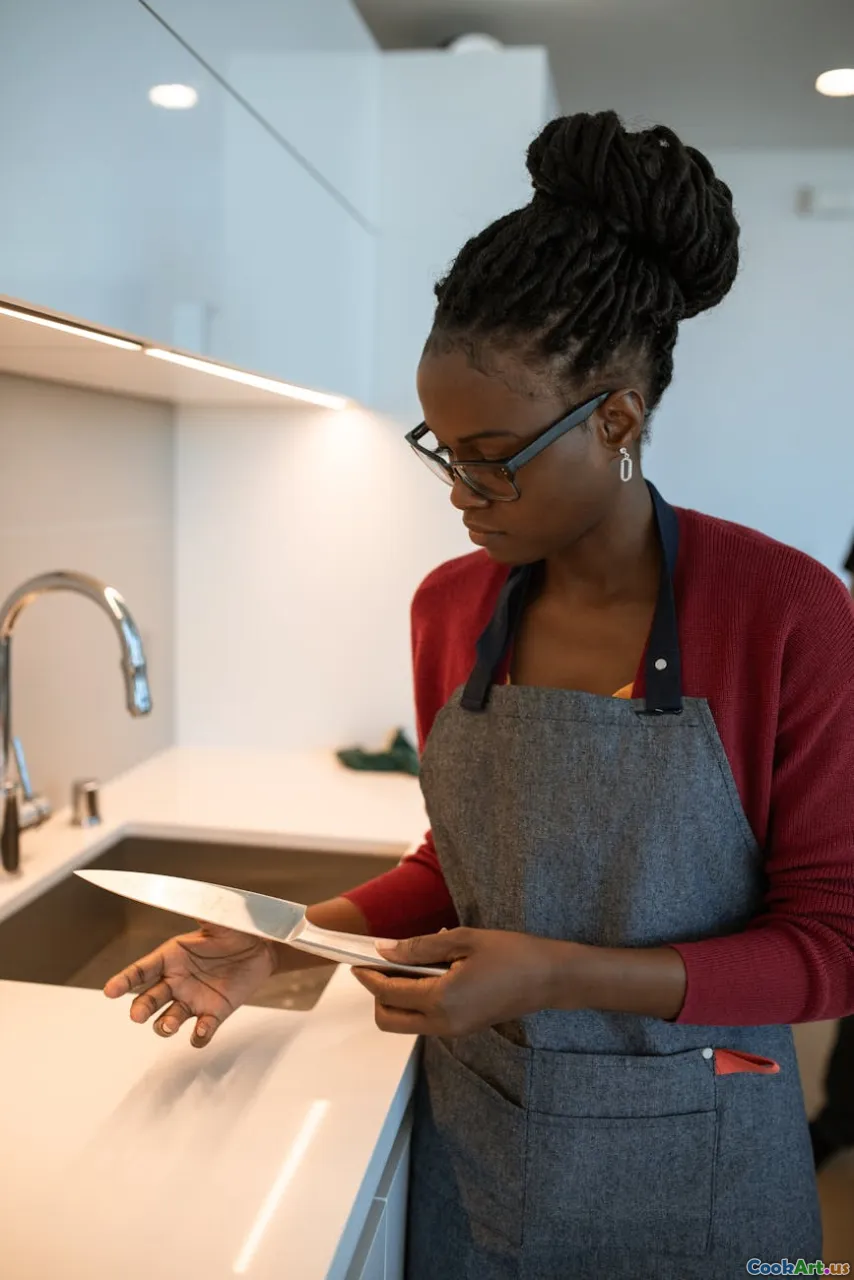Knife Safety Tips for Home Cooks
5 min read Discover essential knife safety tips to enhance your cooking experience and keep your kitchen safe. April 10, 2025 04:00
Knife Safety Tips for Home Cooks
Cooking at home can be a delightful experience, but it also comes with its own set of challenges, particularly when it comes to using knives. With the right techniques and mindful practices, we can ensure a safe cooking environment. Here are some essential knife safety tips that every home cook should know.
1. Choose the Right Knife for the Task
Using the appropriate knife for the specific task is crucial for both safety and efficiency. A chef's knife is versatile for chopping, while a paring knife is better suited for peeling and intricate tasks. Using the wrong knife can lead to accidents and poor results.
2. Keep Your Knives Sharp
A dull knife can be more dangerous than a sharp one. Dull knives require more force to cut through food, increasing the risk of slipping and injury. Regularly sharpen your knives using a whetstone or honing steel to ensure they perform well and safely.
3. Maintain a Clean Workspace
A cluttered kitchen can lead to accidents. Always keep your cutting area clean and organized. Make sure that there are no stray utensils or food items around as you chop, slice, and dice. A clean space helps you focus and reduces the risk of accidents.
4. Use a Cutting Board
Always use a cutting board when slicing or chopping. Avoid cutting on glass, metal, or stone surfaces, which can dull your knife and lead to slips. Opt for wooden or plastic boards that provide a stable surface and are easy on your knives.
5. Practice Proper Hand Positioning
When holding a knife, always keep your fingers curled under and use your knuckles as a guide for the blade. This technique helps to protect your fingers from accidental cuts. Additionally, use a pinch grip for better control of the knife.
6. Cut Away from Your Body
When slicing or chopping, always ensure that the blade is moving away from your body. This not only gives you better control but also helps to prevent injuries should the knife slip.
7. Be Mindful of Your Distractions
Cooking can be a busy and sometimes chaotic activity. It’s easy to become distracted by conversations, television, or multitasking. Always focus on your knife work and avoid distractions while handling sharp objects.
8. Store Knives Safely
How you store your knives can make a difference in safety. Invest in a knife block, magnetic strip, or blade guards to protect the blades and prevent accidents. Never leave knives loose in a drawer where they can create hazards.
9. Teach Others About Knife Safety
If you have family members or friends who join you in the kitchen, take the time to educate them about knife safety as well. Instilling these practices in others can create a safer cooking environment for everyone.
10. Know When to Seek Help
If you’re unsure about using a particular knife technique or feel overwhelmed, don’t hesitate to seek advice or take a class. Learning from professionals can boost your confidence and improve your skills.
Conclusion
Knife safety is an essential aspect of cooking that should never be overlooked. By incorporating these tips into your cooking routine, you not only protect yourself but also enhance your culinary experience. Happy cooking, and stay safe in the kitchen!









